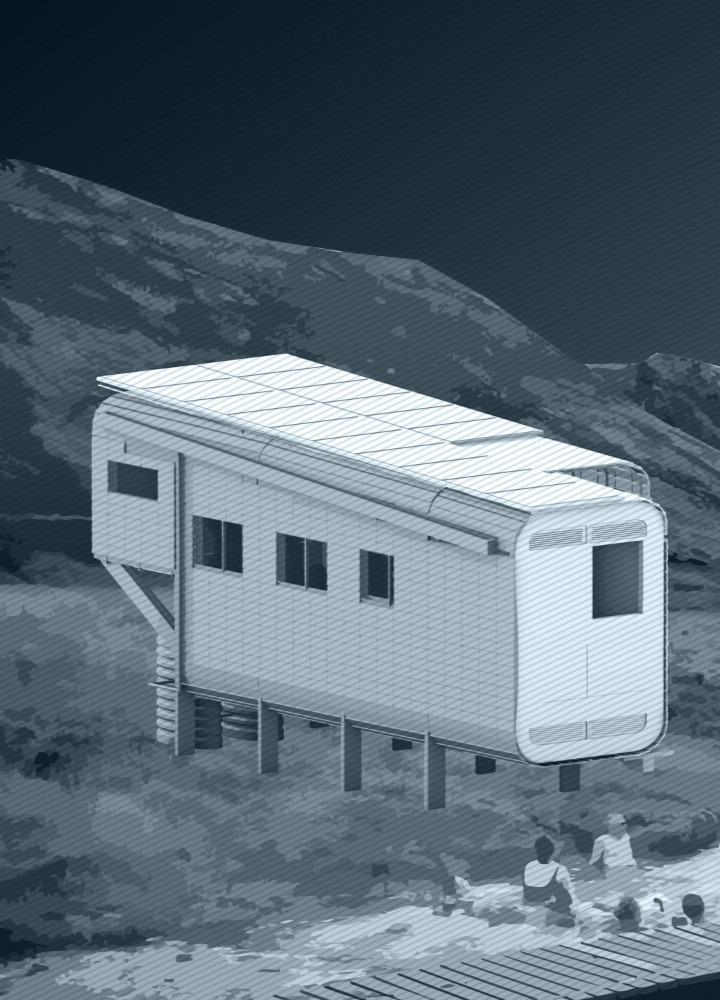5 key facts about this project
The primary function of the project encompasses various uses, aimed at fostering interactions among the community. Designed to accommodate [insert specific uses, such as residential units, commercial spaces, or community facilities], the building promotes a sense of inclusivity and engagement. Each element is strategically positioned to maximize both resource efficiency and user experience, creating an environment that is welcoming and supportive.
A notable aspect of the design is the meticulous attention given to the layout, which achieves a seamless flow between distinct areas. Transition spaces are thoughtfully integrated, allowing for natural movement and interaction among users. This is underlined by the strategic placement of communal areas that encourage gatherings and connectivity, as well as private zones that ensure comfort and privacy.
The architectural design itself is characterized by clean lines and a contemporary aesthetic, utilizing a palette of materials that supports the project’s sustainable ethos. The careful selection of materials not only enhances the visual appeal but also reinforces durability and environmental responsibility. Utilization of materials such as concrete, glass, timber, and stone serves to establish a balanced composition, creating a dialogue between modernity and the natural world. The use of transparent elements, particularly glass, allows for generous daylighting and a visual connection with the outdoors, enhancing the indoor experience while reducing reliance on artificial lighting.
Landscaping plays a significant role in the project, complementing the architectural design through the introduction of green spaces that offer respite from urban intensity. The outdoor areas, thoughtfully designed with elements such as gardens and seating spaces, invite users to gather and interact with nature at their doorstep. This focus on integrating greenery aligns with contemporary views of urban living, where outdoor accessibility is increasingly recognized as integral to well-being.
Unique design approaches have been employed to address sustainability throughout the project. Passive design strategies are evident in aspects such as orientation and cross-ventilation, minimizing energy consumption while maintaining climate comfort. The building may also incorporate renewable energy technologies, such as solar panels, to further enhance its ecological footprint. Such decisions not only support the environment but also serve as an educational tool for occupants, promoting an awareness of sustainable living practices.
Another distinguishing feature of this architectural project is its responsiveness to the cultural narrative of the locale. By embracing local traditions and materials, the design communicates a sense of identity that resonates with both residents and visitors. The incorporation of community spaces within the building fosters a shared ownership among its users, encouraging ongoing engagement with the architecture.
The result is a balanced synthesis of aesthetics, functionality, and sustainability, positioning the project as a significant contribution to the urban fabric. Its thoughtful design principles challenge conventional approaches, showcasing a commitment to enhancing the quality of life within the community. For those interested in exploring the nuances of this project further, including its architectural plans, sections, and designs, a detailed presentation is available that delves deeper into the architectural ideas that underpin this remarkable endeavor. Engaging with these materials can provide valuable insights into the design process and principles that shaped this project, enriching the understanding of its impact on urban architecture.


























